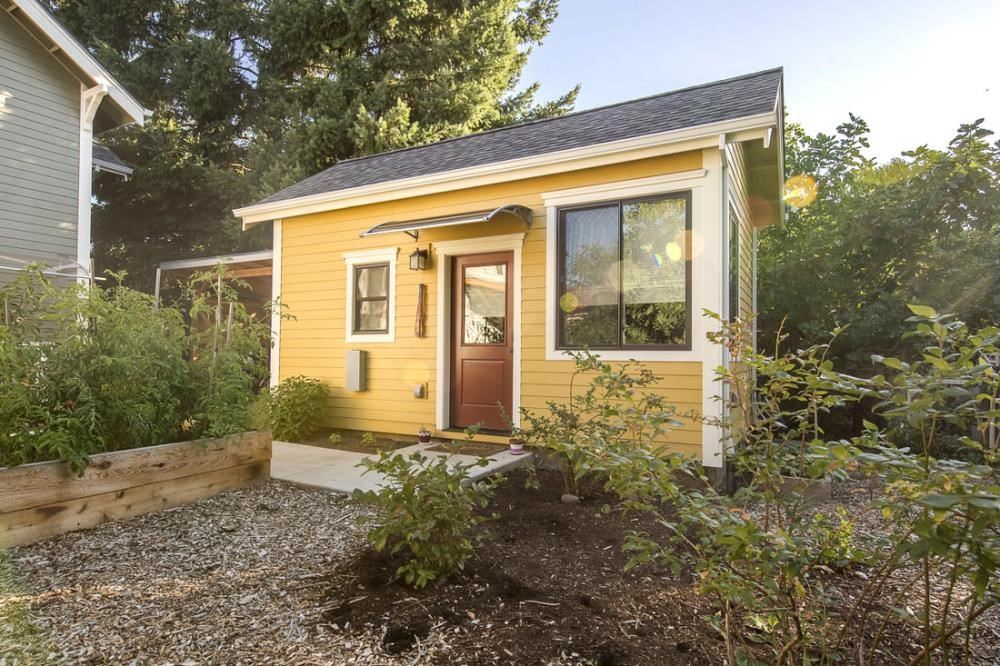Accessory Dwelling Units (ADUs) are known by many names: granny flats, in-law units, backyard cottages, second units and more. An ADU is a habitable living unit added to, created within, or detached from a primary single-family dwelling and contained on one lot. The purpose of an ADU is to create an independently habitable dwelling unit that provides shelter, heating, cooking facilities, and sanitation facilities for one family or household.
Draper City allows for two types of ADUs. The first is a Detached ADU (D-ADU). These are separate structures within the rear yards of a lot. The second type is an Internal ADU (I-ADU). These are located within the existing footprint of the primary dwelling on the property, such as a basement apartment. An I-ADU is distinguishable from a duplex in that, it is clearly subordinate to the primary dwelling unit, and can only be created after the primary single-family dwelling has been built.

Graphic courtesy Erin O'Kelley - Millcreek City

